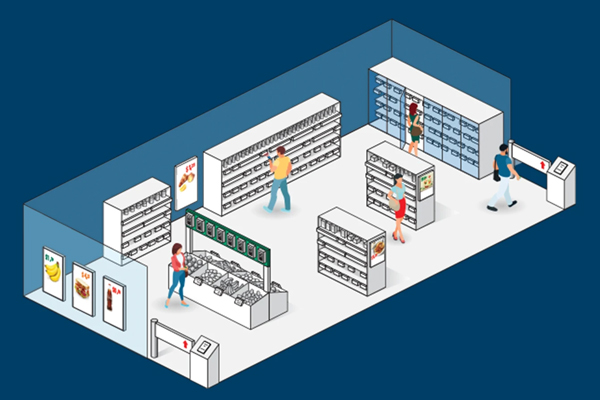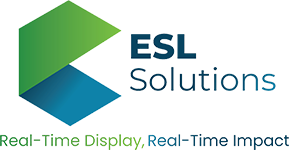The Electronic Shelf Label (ESL) system works by using a combination of wireless communication, display technology (E-Ink), and a central management system. Here’s how it generally operates:

- Centralized Control System:
The backbone of the ESL system is a centralized management software or server, often located in the store’s back office or at the retailer’s headquarters. This system is used to:
- Manage pricing information.
- Control updates to the labels.
- Integrate with inventory management systems.
- Push promotional information, discounts, and other dynamic content.
- Wireless Communication:
The ESLs communicate wirelessly with the central control system through technologies such as RF (radio frequency) or Wi-Fi. This wireless connection allows:
- Real-time updates to prices and product details.
- Communication with the central system to reflect the most accurate information.
- Updates to be pushed to all labels in the store simultaneously or selectively.
- Electronic Display:
The ESLs themselves are equipped with e-ink displays, which are energy-efficient and capable of showing high-contrast text and images. These displays are typically low power, which makes them suitable for long-term operation on batteries. The ESL displays:
- Price tags.
- Product names and descriptions.
- Barcodes, QR codes, or RFID for product identification.
- Promotions or special offers.
- Automatic Updates:
- When the central system receives a price change or inventory update, it sends a wireless signal to all relevant ESLs in the store.
- The update is displayed automatically on the screen of each ESL in real time.
- This removes the need for manual labour in adjusting price tags or signs, reducing errors, and ensuring consistent information across the store.
- Customer Interaction:
In some advanced ESL systems:
- Labels can include QR codes or NFC (Near Field Communication) features that allow customers to scan them with their smartphones for additional information, reviews, or to access online pricing.
- ESLs are equipped with color displays, which can highlight promotions, markdowns, or other offers to attract customer attention.
- Energy Management:
- ESLs use e-ink displays, which are highly energy-efficient. These displays only consume power when updating the information, and once the information is displayed, the power consumption is almost negligible.
- ESLs use low-energy wireless technology to ensure long operational life.
- Integration with Other Systems:
The ESL system integrates with:
- Point of Sale (POS) systems to reflect sales, discounts, and transactions.
- Inventory Management Systems to update stock levels automatically.
- Product Information Management (PIM) systems to ensure consistency and accuracy of product data across all labels.
Summary of ESL System Workflow:
- A change in price or product information is made in the central management system.
- The system sends the update to the ESLs wirelessly.
- ESLs update their display to reflect the new information (price, product details, etc.).
- Customers see the updated information in real-time on the shelf.
The entire system is designed to improve accuracy, save time, reduce operational costs, and provide a better customer experience by automating and streamlining the labelling process in retail environments.

